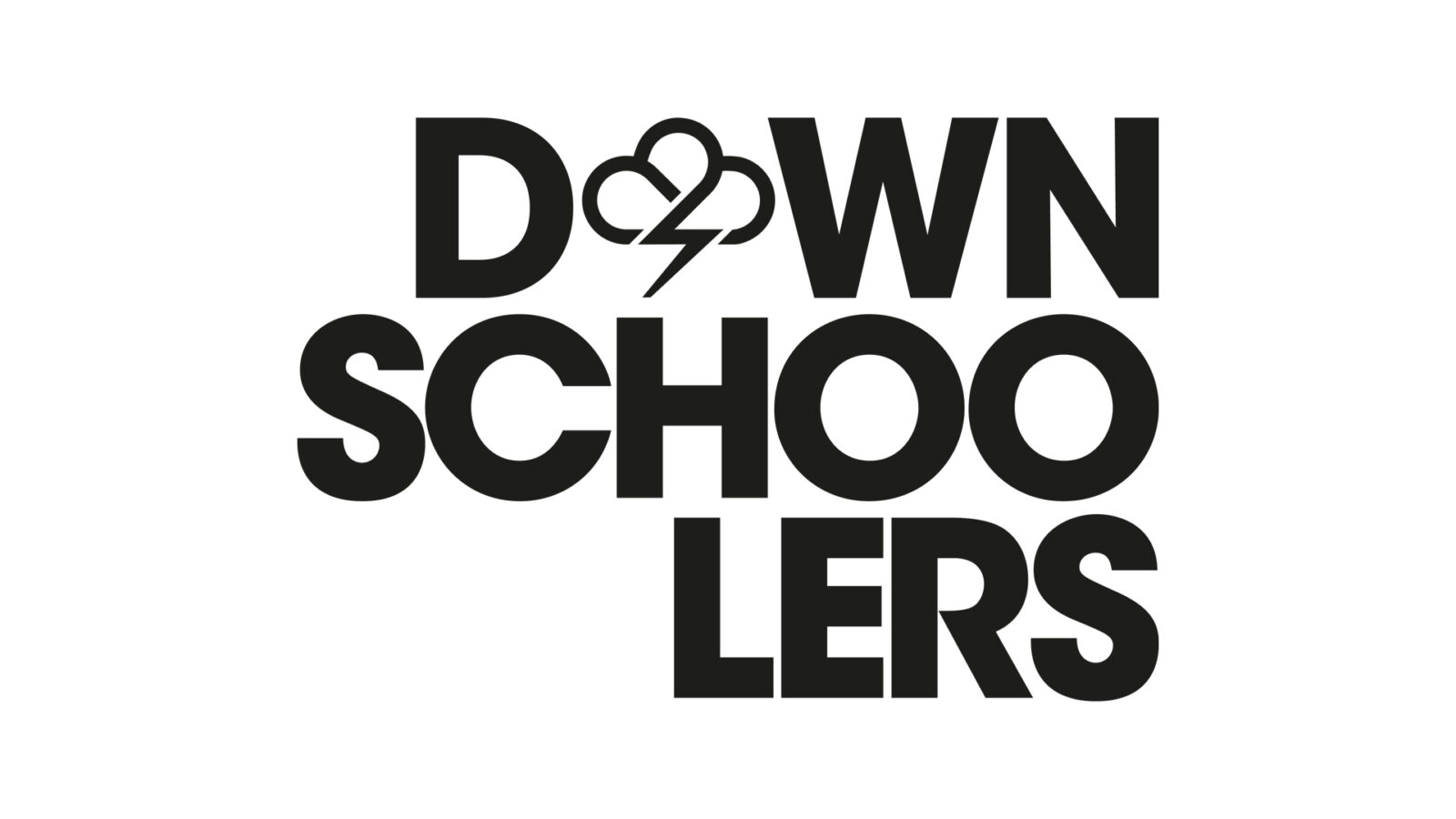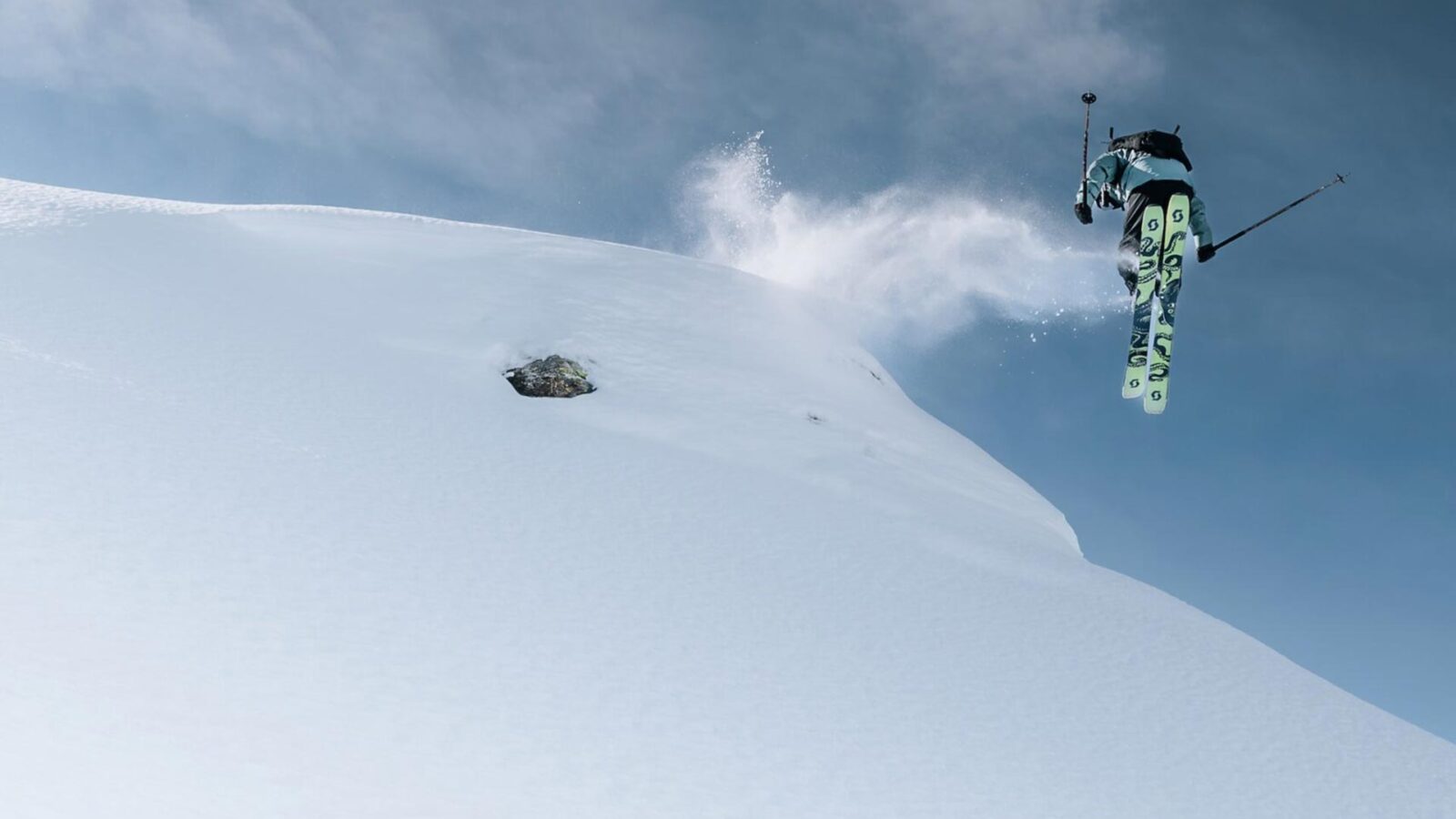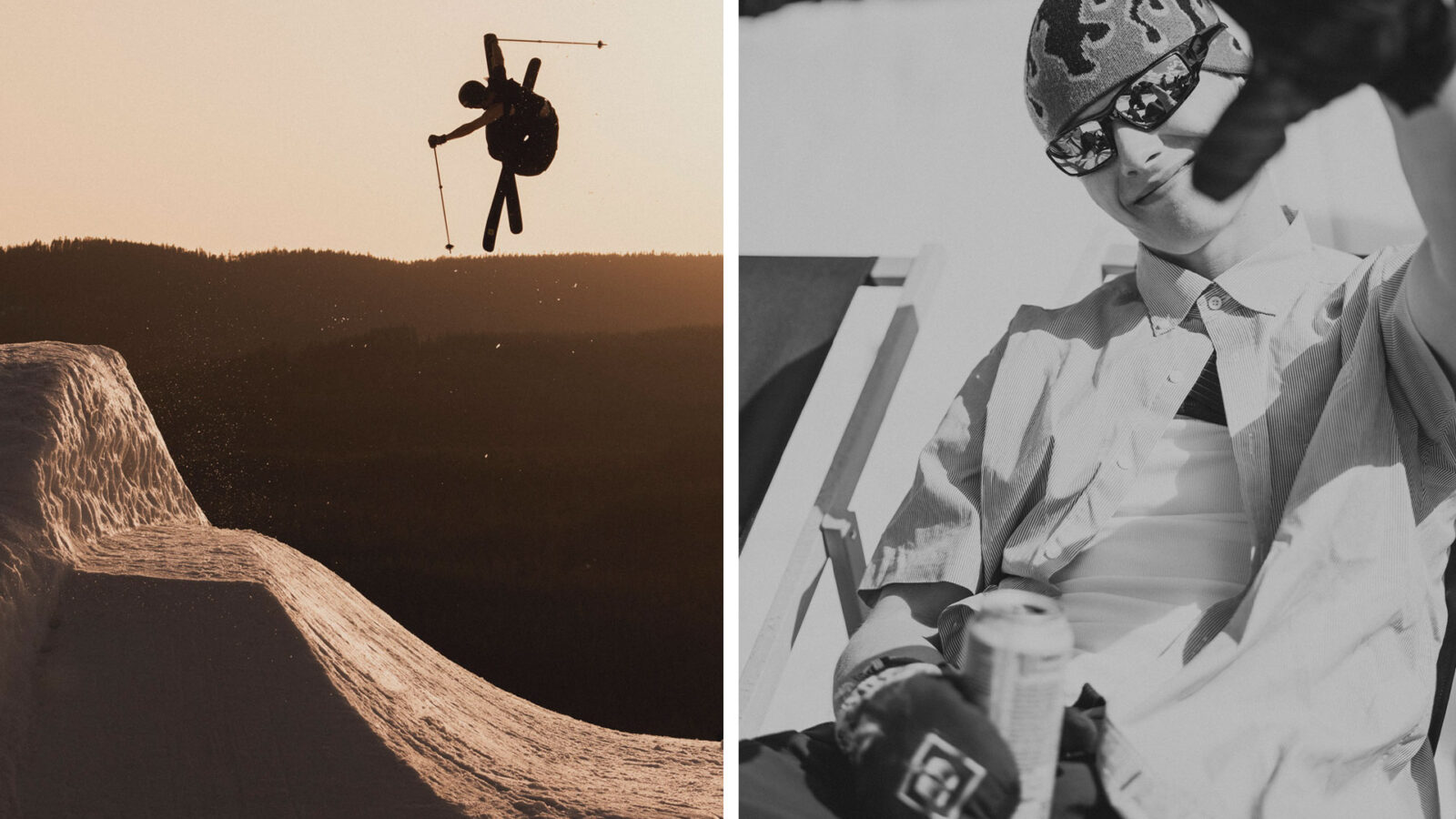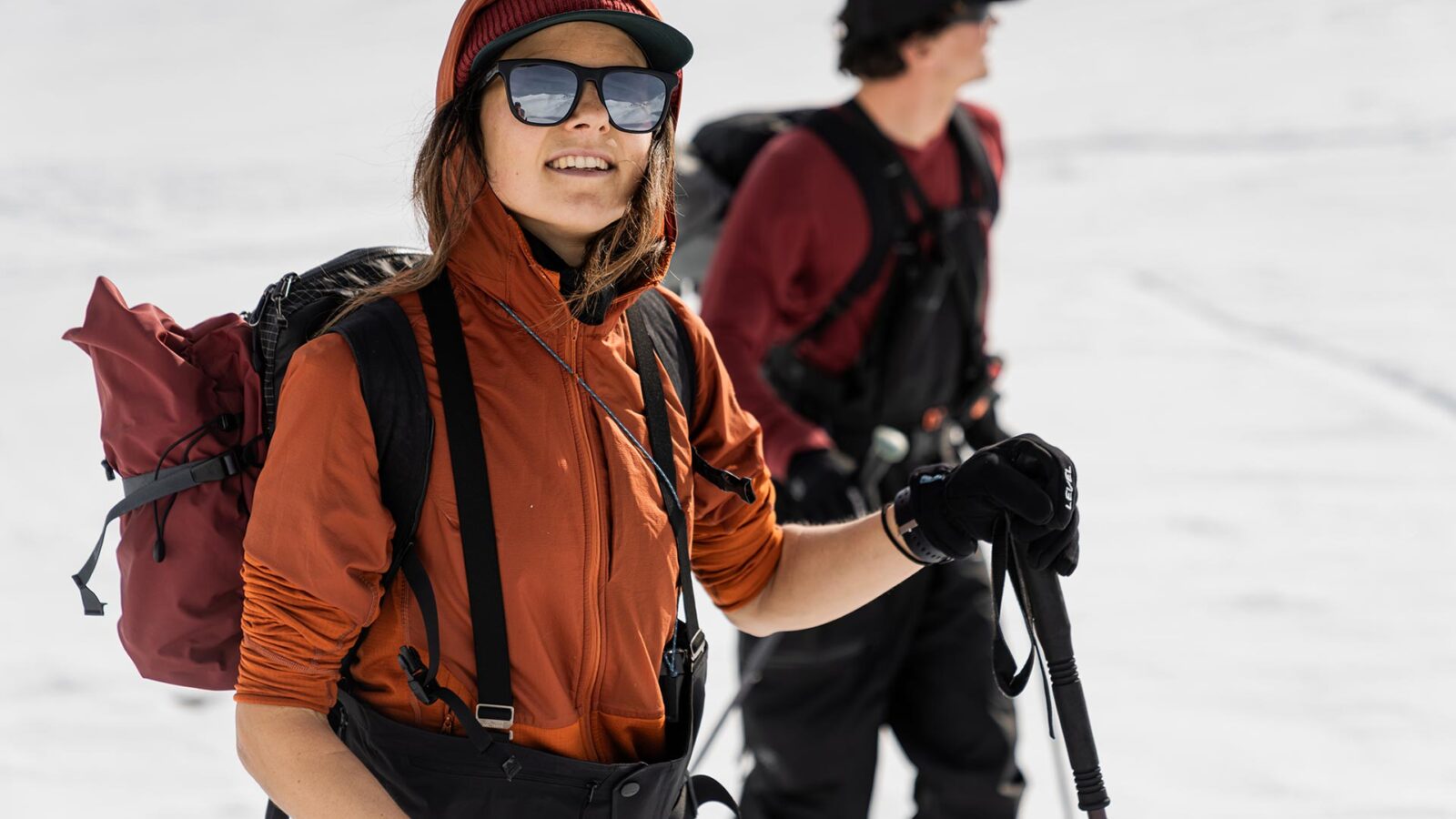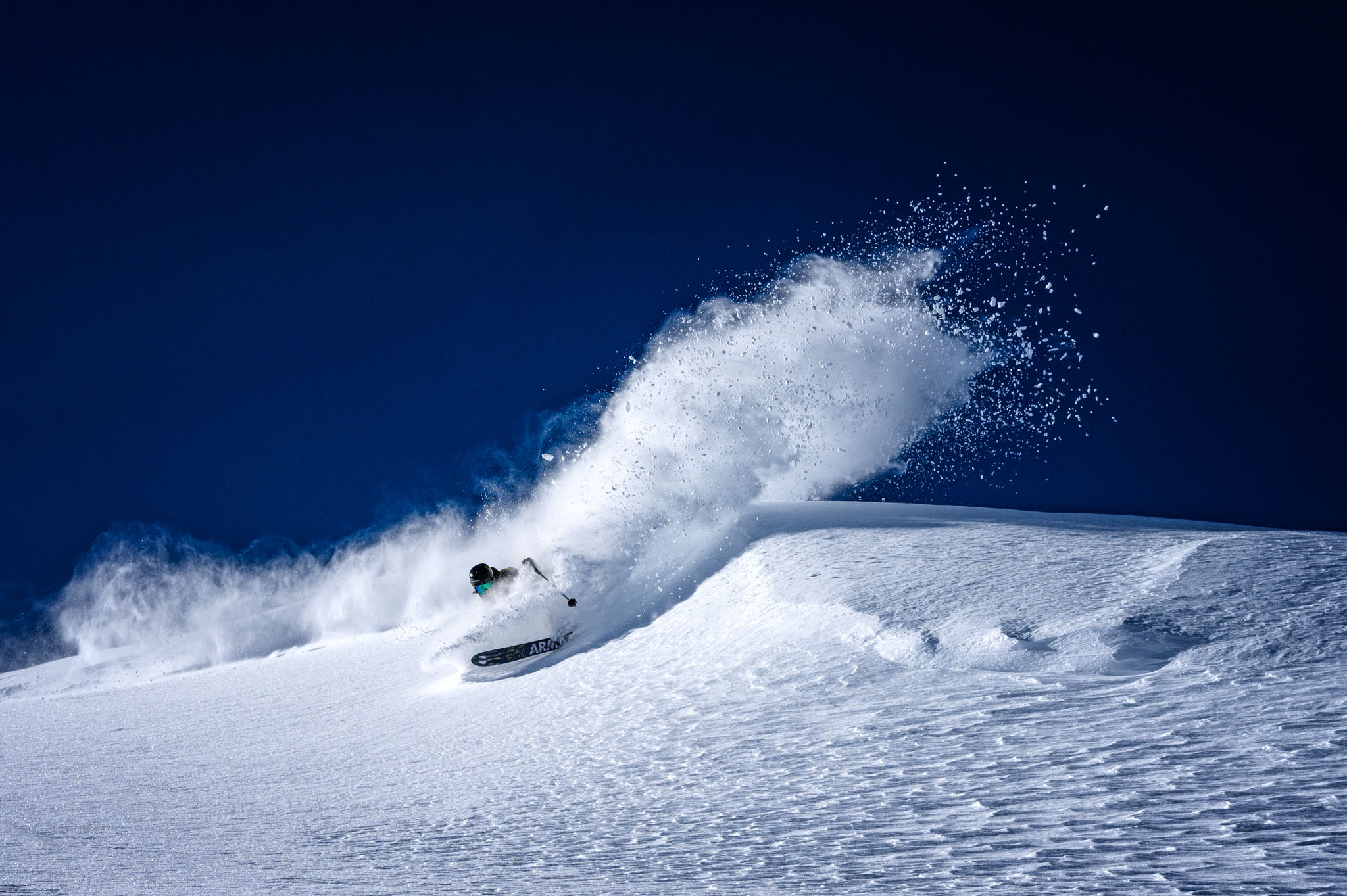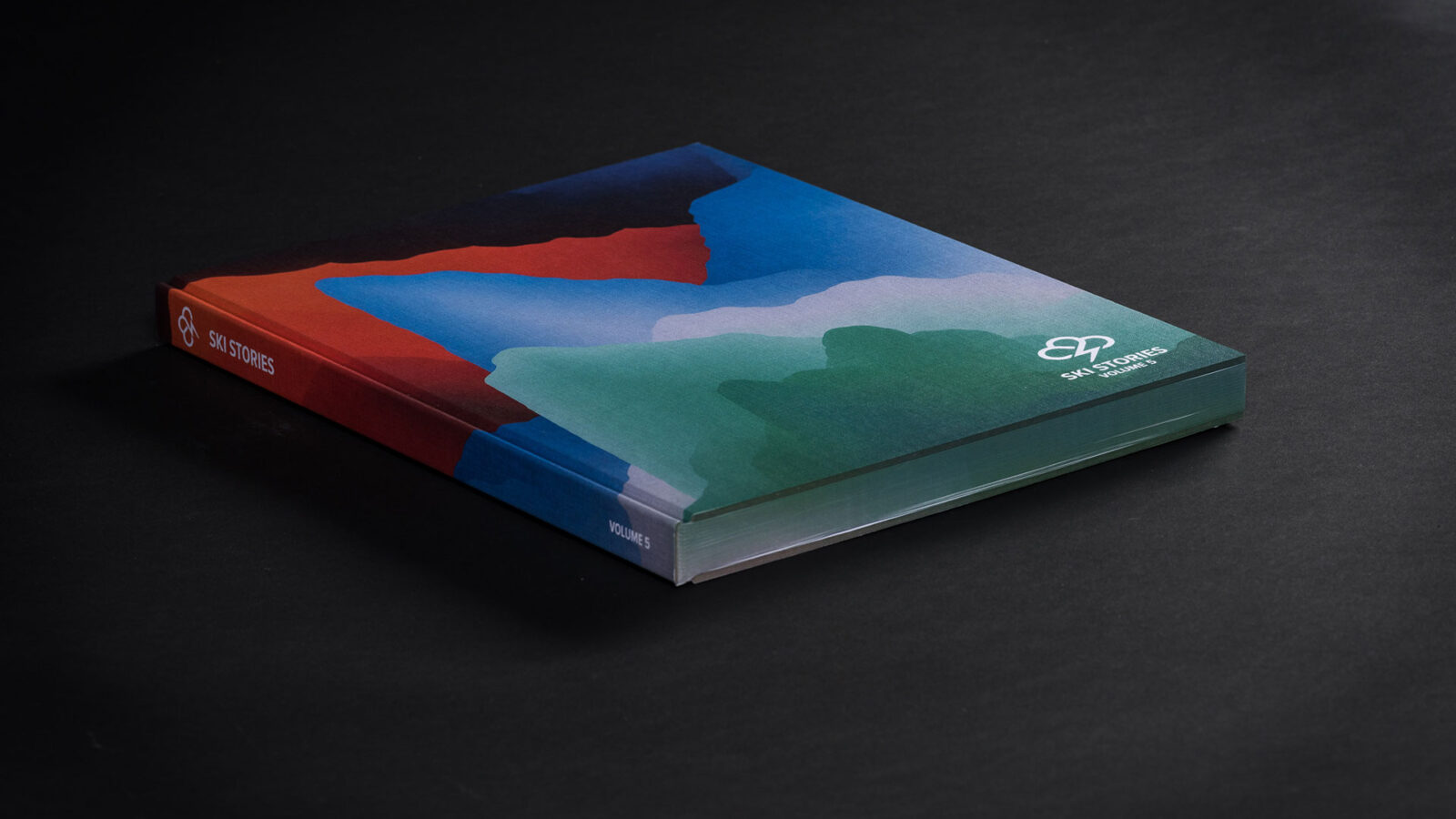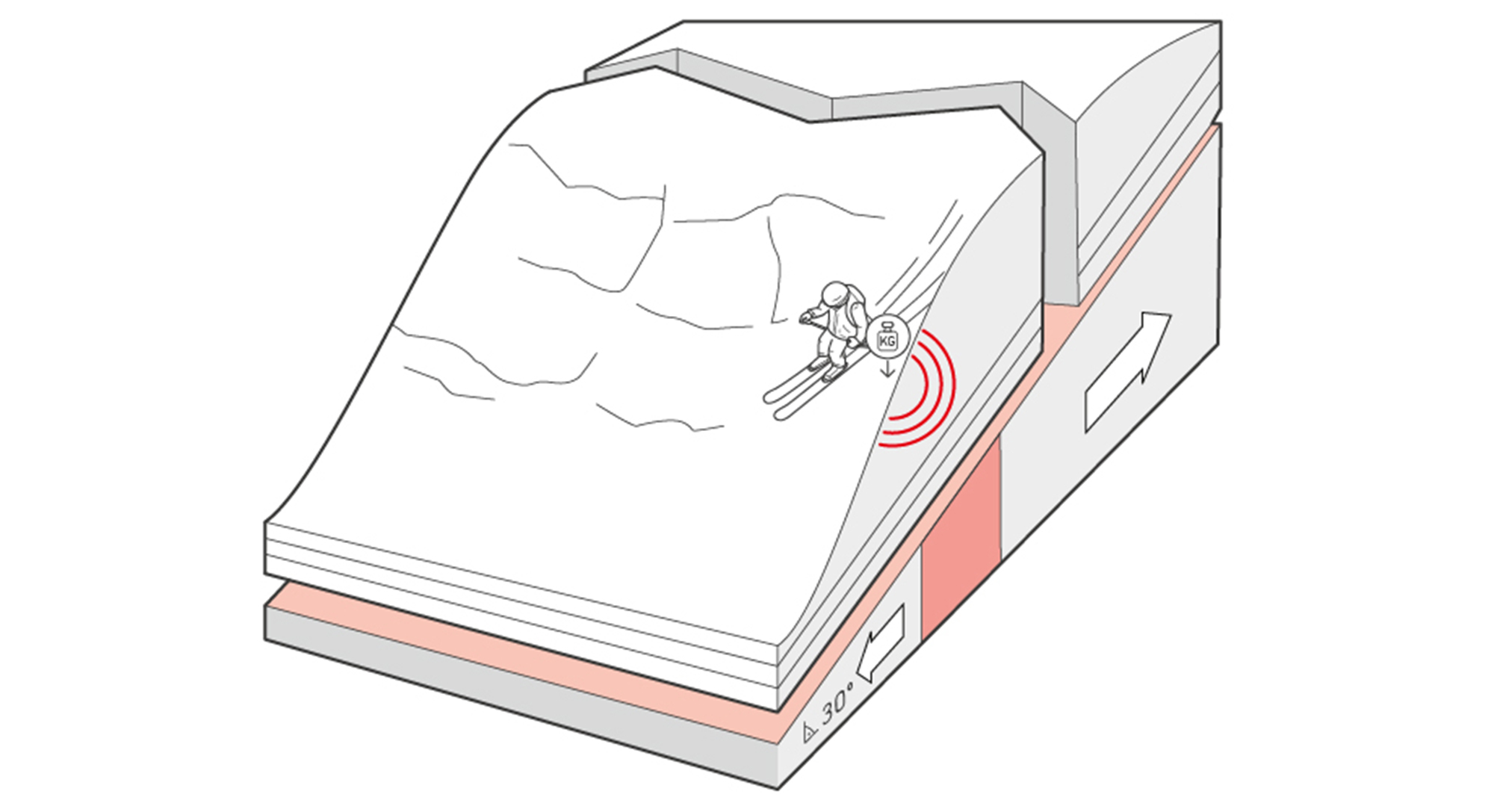
Stories
New education tool
Safety Academy Lab Snow: Digital Avalanche Education from Ortovox
With increasing numbers of skiers heading off-piste each winter in search of pristine powder, avalanche education is more important now than ever. Unfortunately, the supply of quality educational resources is often outstripped by the demand. Avalanche classes are regularly booked out, and many would-be freeriders can't be bothered to take a class at all. That's a mistake that can easily prove fatal.
For those of us who haven't yet found the time or opportunity to attend a real hands-on avalanche course, Ortovox offers a stop-gap solution with its Lab Snow safety portal, which has been freshly revised this winter. It's an opportunity for you build your avalanche awareness from the comfort of your own home. Although this digital solution is by no means a replacement for a class or training program, it's a great way to get started.
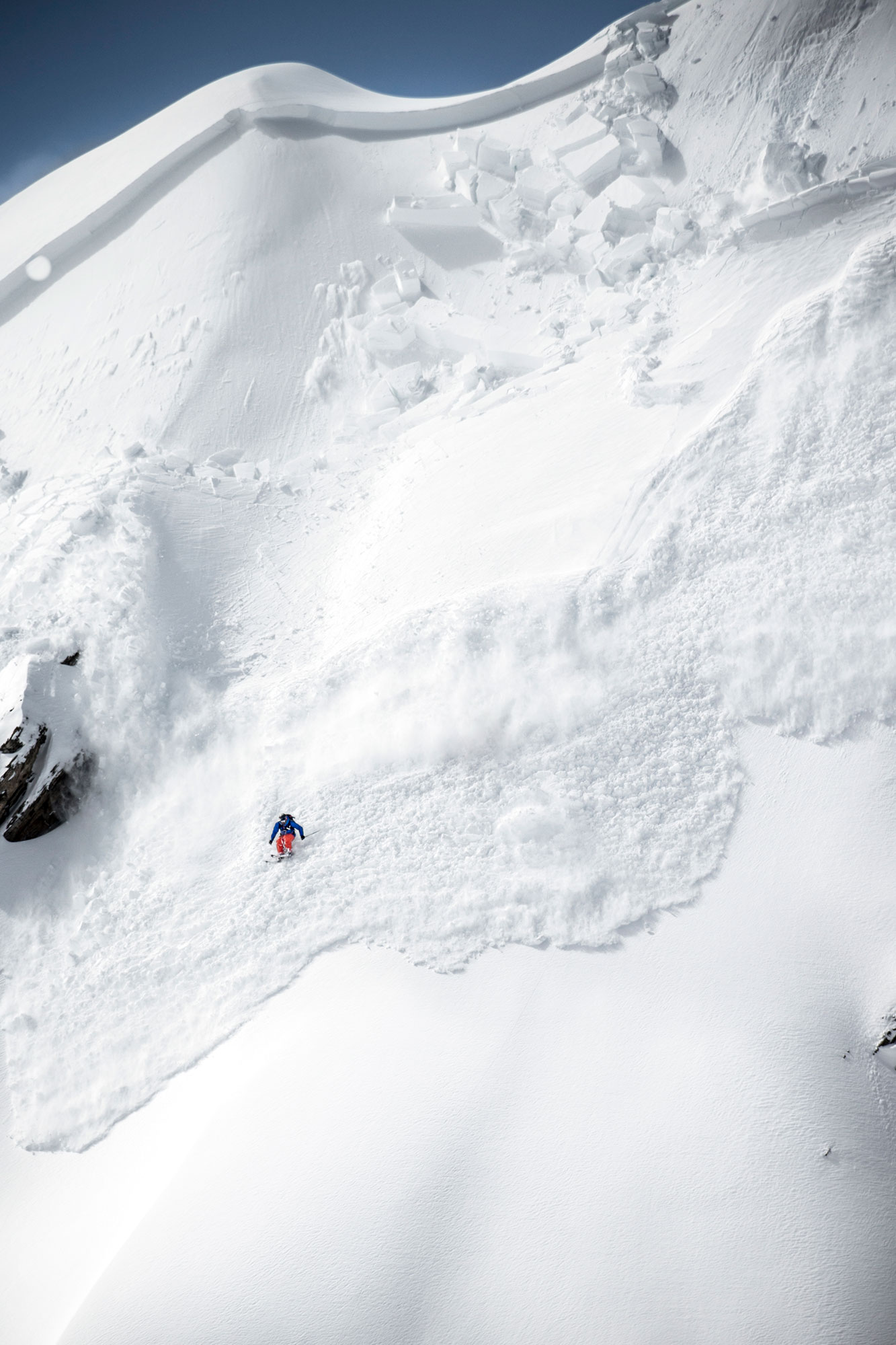
Worse case scenario: Lab Snow can give you the knowledge you need to limit the chances of this happening to you. Photo: Dom Daher
The German brand Ortovox has been protecting mountaineers with its high-quality equipment and apparel since 1980. In 2008, they took this protection a step further when they launched their Safety Academy and further still in 2013 with Lab Snow. The digital knowledge platform offers high-quality content on avalanche awareness, which has now been completely revised in collaboration with the Association of German Mountain and Ski Guides (VDBS) as well as safety and first aid experts.
Redesigned with 16 video tutorials, divided into four chapters, the Safety Academy Lab Snow offers a comprehensive overview of the aspects of avalanche awareness, tour planning and first aid for ski touring and freeriding. The clear presentation of the complex topic is intended to appeal to both beginners and advanced skiers. Numerous interactive learning modules enable a comprehensive transfer of knowledge. Existing knowledge can be refreshed and reviewed while newcomers will find an understandable introduction to the challenging topic. The videos are clear, attractive, well designed and easy to navigate, even on a smartphone.
The safety experts Chris Semmel and Walter Würtl, avalanche researcher Ben Reuter and first aid expert Dani Hornsteiner are behind the content of the Safety Academy Lab Snow. Chris Semmel is one of the most sought-after safety experts in mountain sports, as a mountain and ski guide, a long-standing instructor in the VDBS & DAV, and as an alpine expert. Walter Würtl is a mountain and ski guide, alpine expert and editor of the trade magazine Berg & Steigen. Ben Reuter works as a mountain and ski guide as well as an avalanche scientist for Meteo France, where he coordinates the preparation of avalanche situation reports. Dani Hornsteiner has been leading alpine first aid courses for many years and, thanks to her experience as an active mountaineer and DAV leader for high altitude and ski tours, she has extensive alpine knowledge.
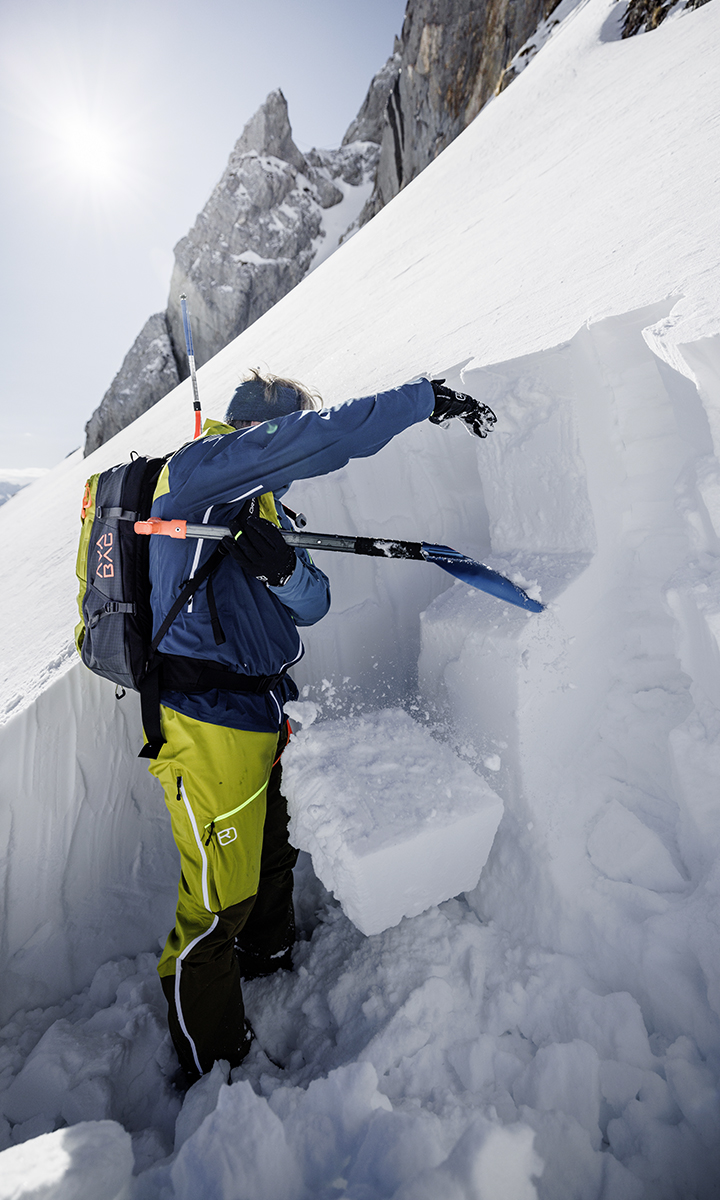
Do you know how to do a Rutschblock test? Lab Snow can teach you the basics on this and other valuable skills.
"The Ortovox Safety Academy Lab Snow covers a broad spectrum of avalanche knowledge and is absolutely in tune with the times," explains Chris Semmel. "Many tourers, especially new ones, are young and have grown up completely digital. It is therefore only logical to offer the topic of avalanche awareness in a perfect online format - because protection on the mountain concerns us all."
Chapter One of Lab Snow provides an overview of the different types of avalanches. It explains the avalanche-forming factors, details of the different avalanche types and the 3x3 filter method.
Chapter Two goes into the basics of tour planning and ski touring equipment. The contents of the avalanche situation report are explained here, as well as the five danger levels and the various avalanche problems. In addition, the GKMR method developed by the VDBS is presented. Finally, the chapter gives a compact overview of the equipment needed.
Chapter Three is about responsible risk management in the field. How does the avalanche transceiver check work? What are the alarm signs? How are avalanche problems to be assessed in the field? How can the GKMR method be applied on tour? The chapter also provides information on what a look at the snowpack reveals.
Chapter Four explains all aspects of avalanche rescue, from companion assistance including emergency calls, transceiver searches, probing and shovelling to first aid and professional mountain rescue.
VISIT THE SAFETY ACADEMY LAB SNOW NOW to get your avalanche education started.
Just to be clear: Learning about avalanche safety online is no replacement for taking an in-person avalanche course. This YouTube video from Markus Eder provides a huge number of links for avalanche education resources across Europe and beyond. Thanks Markus for putting together this valuable list!
